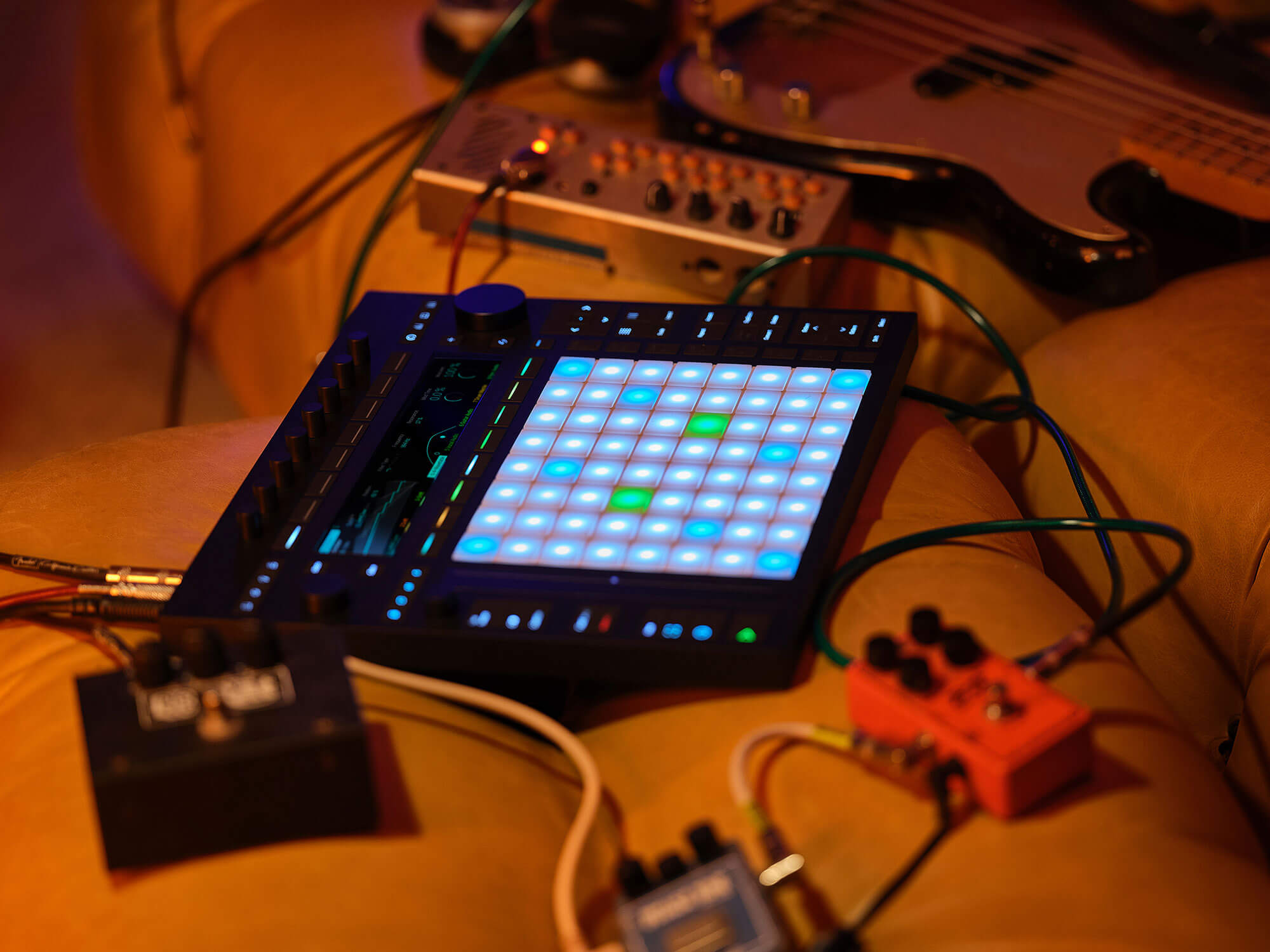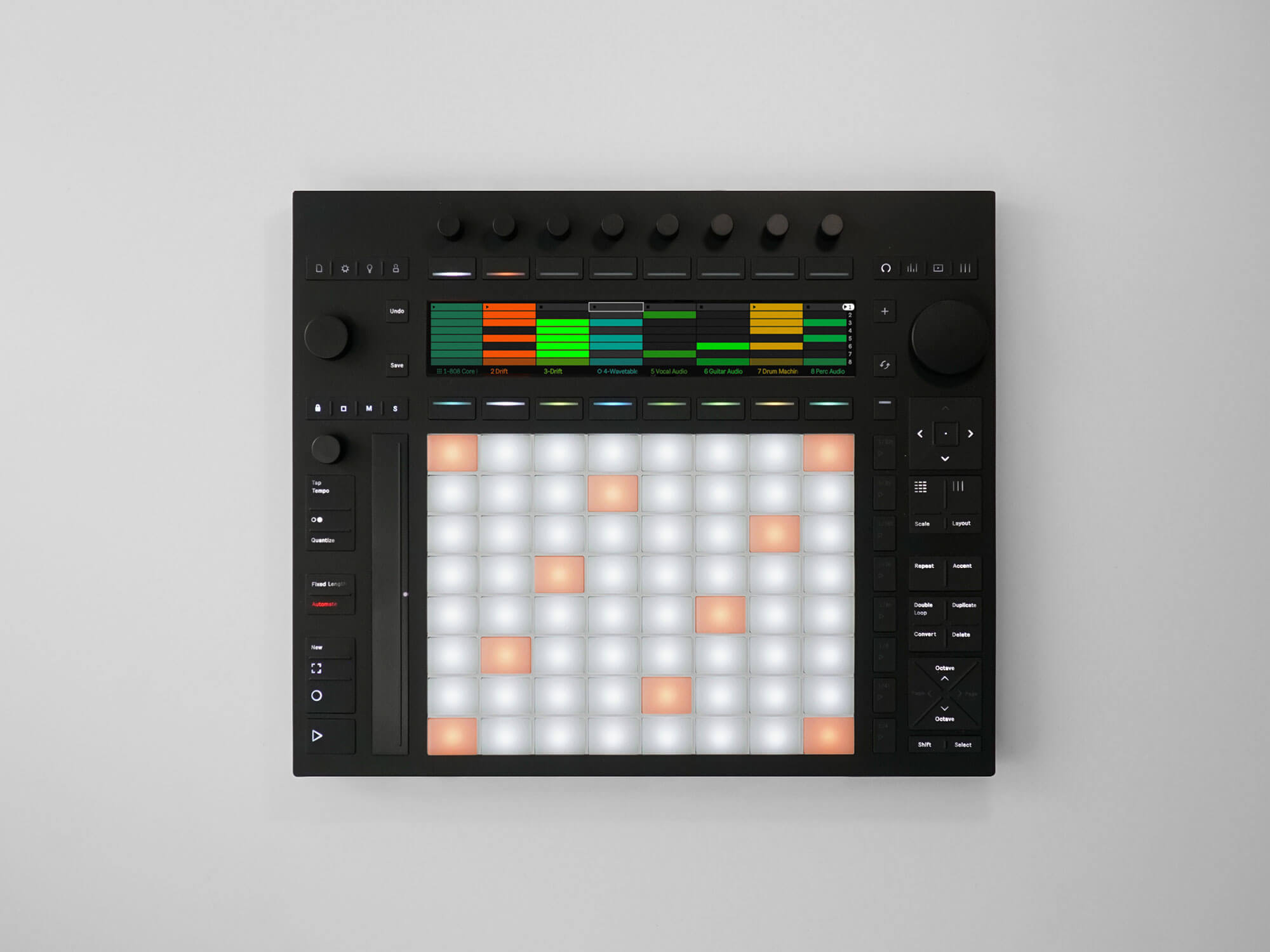Ableton’s new Push is a “timeless” standalone studio you can take anywhere
The third – and possibly final – iteration of the acclaimed MIDI controller adds MPE-enabled pads, standalone playability and a built-in audio interface

Ableton
Ableton has released the third version of its Push MIDI controller, adding standalone capability, expressive MPE-enabled pads, a built-in audio interface and longevity via replaceable components.
READ MORE: Watch these creators showcase the power of Ableton Push 3
Simply named Push – not Push 3 – this is the first hardware to be released by Ableton since 2015’s Push 2. According to the brand, thanks to interchangeable components and features that upgrade as Ableton Live upgrades, it will be an evolving “timeless” unit that has a “deliberately long lifespan”. In other words, this version of Push is going to be sticking around for a while.
A key feature of the new Push is its standalone capabilities. Now, you can send your Live Sets to Push, unplug the controller and work on it anywhere, and then send it back to Ableton Live later on. So, you can essentially have your Ableton Live setup and the heart of your studio with you on the go in the form of a hands-on device. This, combined with 250GB storage, makes Push as powerful as carrying around a laptop loaded with Ableton Live. You can also load in your Max For Live devices and download any Ableton Packs you own directly to Push via wi-fi.

Expression is another new feature on the Push. 64 MPE pads boast velocity and polyphonic aftertouch, so you can press hard to get a full sound or press soft to get something more gentle and quiet. You can also bend, slide and shift between different notes, sounds and articulations.
If you’re using an external instrument, a newly built-in audio interface allows you to plug in and record your sounds straight into the Push, although there’s no XLR input for connecting microphones. In addition, you can send CV and gate signals to a maximum of four modular instruments.
Having been able to play around with Push ourselves, MusicTech can safely say that the design of this MIDI controller makes it both sturdy and fun to use. It’s not too heavy, there’s a detailed display and a large jog wheel that lets you satisfyingly click left and right to help with faster menu browsing. Plus, those MPE pads are a joy to perform with. We look forward to sharing our full review with you soon.
Push comes in two variations designed to accommodate different requirements and budgets – Push and Push (standalone). When equipped with a processor, Push operates as an independent instrument. Without a processor, Push must be connected to a computer. If you initially purchase Push without a processor, you have the option to later add one yourself using the Upgrade Kit – these will be available towards the end of 2023. You can also replace the processor, hard drive, and battery in the future, ensuring your instrument remains compatible with technological advancements.
Push (standalone) relies on a specifically tailored Intel NUC Compute Element, a compact component that integrates a processor, RAM and WiFi capabilities.
The standalone configuration of Push is powered by a specially-adapted Intel® NUC Compute Element, which combines a processor, RAM memory and WiFi in a credit-card-sized component.
Check out Ableton’s launch video below.
Push (standalone) costs $1,999. Push costs $999. Find out more at ableton.com.